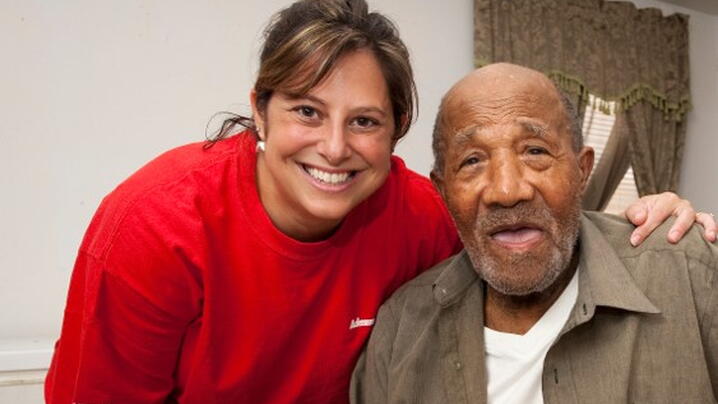
Most local government leaders realize that the demographics of communities are changing. The population is becoming more diverse, while the number of older residents is growing rapidly and these residents are living longer. The implications can be daunting and misunderstood. To serve older residents appropriately, community leaders should take a hard look at the entirety of their community across all generations and its capacity for accommodating the needs of those who are aging.
The additional years can bring chronic conditions that require adjustments in housing, transportation, health and social services, and other community features essential for promoting the continued safety and independence of older residents. Public policy now promotes aging in place rather than institutional care, and greater longevity engenders needs and expectations that did not exist for prior generations of elders. In almost all cases, this is their preference—to stay in a home and/or community where they have so many memories of family and friends and to ease the burden on family caregivers by having age-friendly communities.
City and county managers may well ask themselves how they can possibly take on the challenge of enhancing the age-friendliness of their communities when financial resources are dwindling and insistent and multiple priorities demand their attention.
Purpose of the Project
ICMA is supporting Just Partners Inc. (JPI) and AARP on a project to accelerate planning for age-friendly communities by convening community leaders and consumers across generations who represent a diverse range of organizations and interests. They will be invited to participate in a workshop where they will:
- Be introduced to JPI’s Viable Futures perspective for promoting multi-generational engagement toward strategies that benefit persons of all ages.
- Learn how identifying common interests and working together with pooled resources can yield greater results in the short and long term.
- Learn the AARP approach to developing age-friendly communities and the benefits of joining the Network of Age-Friendly Communities.
- Identify next steps to gain or sustain local traction for the work to be done.
In essence, it is a process enabling sharing of the work and expense by inviting every party to the table whose interests coincide with creating a more livable community for residents of all ages.
AARP and The World Health Organization (WHO) define age-friendly communities by identifying the eight “domains” or characteristics that define them. They include outdoor spaces and buildings, transportation, housing, social participation, respect and social inclusion, civic participation and employment, communications and information, and community and health services.
AARP and JPI believe that an essential part of the solution is the active involvement of volunteers as advocates for all generations and creative problem solvers. Volunteers can partner with critically positioned local government staff to be a reliable and steady impetus for a community’s decision to develop and sustain a comprehensive plan for a livable community of all ages. In turn, the staff of government agencies and Area Agencies on Aging (AAAs) can begin the broader discussion around the challenges and opportunities of livability that the community confronts.
Preparing Four Virginia Communities to Develop Age-Friendly Plans
JPI’s team facilitates a one-day workshop in four selected communities to guide approximately 25 participants through the phases of creating a plan that promotes the participants’ understanding of the characteristics of a livable community. Each of the four communities are encouraged to invite as broad a range of participants as possible. These may include:
|
|
The workshop enhances the attendees’ abilities to comprehensively assess a community’s needs, identify essential stakeholders/planning participants, achieve the capacity to create a diverse coalition, and engage leaders responsible for spearheading the development of a plan. JPI’s team also conducts a follow-up, half-day session within 60 days of the first meeting to assist communities to assess progress and advance plan implementation.
If you would like to learn more about age-friendly planning in your community, check key resources that include AARP’s guides for planning age-friendly communities and such publications as Where We Live: 100 + Communities for All Ages. JPI’s Viable Futures Toolkit also provides a model of a multi-sector, intergenerational lens that emphasizes racial and ethnic equity. ICMA has additional resources in the “aging” topic on the ICMA website, including a county needs assessment of the aging population, articles, survey data, and more. For more information, contact ICMA staff member Andrea Fox at afox@icma.org
New, Reduced Membership Dues
A new, reduced dues rate is available for CAOs/ACAOs, along with additional discounts for those in smaller communities, has been implemented. Learn more and be sure to join or renew today!
